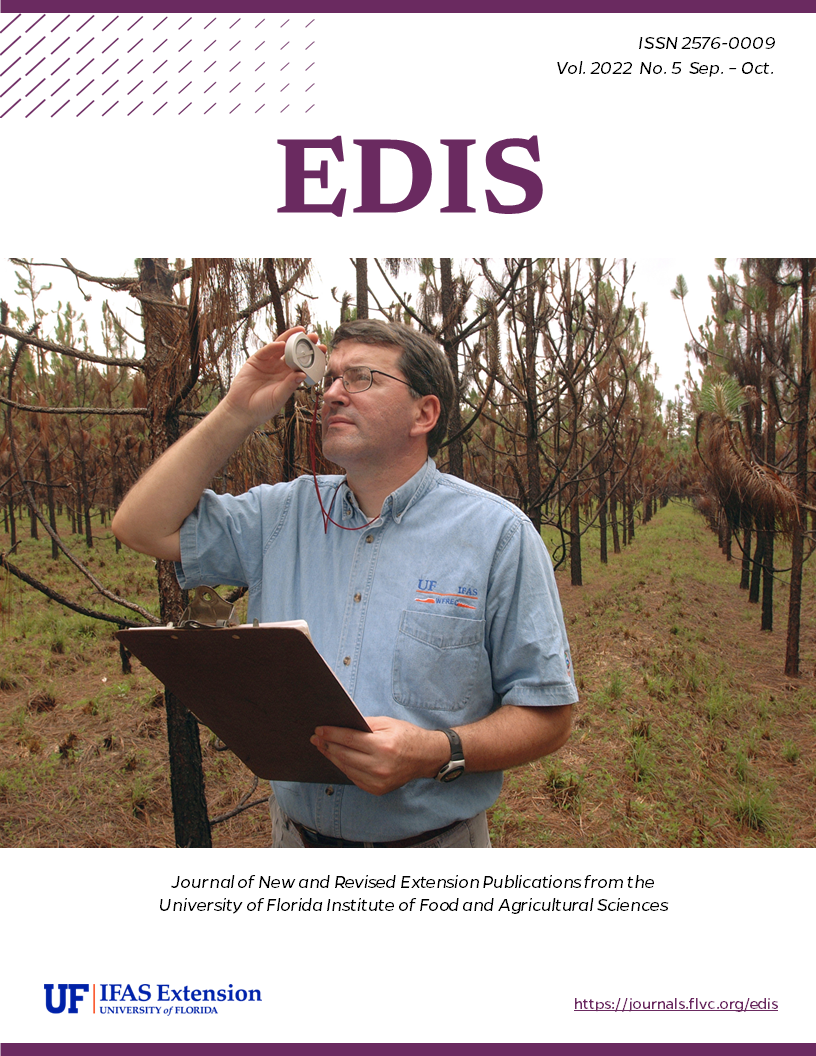Abstract
Increasingly, coastal managers are placing artificial reefs in marine waters. These long-lasting habitat alterations have measurable effects on fish, fishers, divers, fisheries, and marine social ecological systems. Understanding how artificial reefs function is necessary to make good decisions about future artificial reefs. Scientific research on many aspects of artificial reefs is not always summarized and explained. In response to this need, we designed a 4-part series called Artificial Reefs 101. This publication, part 3 of the Artificial Reefs series, explains how artificial reefs affect fishers and divers. It will help the interested public understand more about the ecological effects of artificial reefs and provide detailed information to stakeholders including management agencies, local governments, artificial reef manufacturers, and Extension agents, to allow for better-informed decisions about building and managing artificial reefs.
References
Brock, R. E. 1994. “Beyond Fisheries Enhancement: Artificial Reefs and Ecotourism.” Bulletin of Marine Science 55:1181–1188.
Collins, A. B., L. R. Barbieri, R. S. McBride, E. D. McCoy, and P. J. Motta. 2015. “Habitat Relief and Volume Are Predictors of Goliath Grouper Presence and Abundance in the Eastern Gulf of Mexico.” Bulletin of Marine Science 91:399 – 418. https://doi.org/10.5343/bms.2015.1001
Huth, W. L., O. A. Morgan, and C. Burkart. 2014. “Measuring Florida Artificial Reef Economic Benefits: A Synthesis.” Final Report to the FWC, Contract Number: FWC- 11231, 116 pages.
Keller, K., A. S. Steffe, M. Lowry, J. J. Murphy, and I. M. Suthers. 2016. “Monitoring Boat-Based Recreational Fishing Effort at a Nearshore Artificial Reef with a Shore-Based Camera.” Fisheries Research 181:84–92. https://doi.org/10.1016/j.fishres.2016.03.025
Karnauskas, M., J. F. Walter, M. D. Campbell, A. G. Pollack, J. M. Drymon, and S. Powers. 2017. “Red Snapper Distribution on Natural Habitats and Artificial Structures in the Northern Gulf of Mexico.” Marine and Coastal Fisheries 9:50–67. https://doi.org/10.1080/19425120.2016.1255684
Lindberg, W. J. 1997. “Can science resolve the attraction-production issue?” Fisheries 22:10–13.
Lindberg, W. J. and W. Seaman (editors). 2011. Guidelines and Management Practices for Artificial Reef Siting, Use, Construction, and Anchoring in Southeast Florida. Florida Department of Environmental Protection. Miami, FL. xi and 150 pages.
Murray, J. D., and C. J. Betz. 1994. “User Views of Artificial Reef Management in the Southeastern US.” Bulletin of Marine Science 55:970–981.
Schuett, M. A., C. Ding, G. Kyle, and J. D. Shively. 2016. “Examining the Behavior, Management Preferences, and Sociodemographics of Artificial Reef Users in the Gulf of Mexico Offshore from Texas.” North American Journal of Fisheries Management 36:321–328. https://doi.org/10.1080/02755947.2015.1123204
Simard, P., K. R. Wall, D. A. Mann, C. C. Wall, and C. D. Stallings. 2016. “Quantification of Boat Visitation Rates at Artificial and Natural Reefs in the Eastern Gulf Of Mexico Using Acoustic Recorders.” PloS one 11:p.e0160695. https://doi.org/10.1371/journal.pone.0160695
Sutton, S. G., and S. Bushnell. 2007. “Socio-Economic Aspects of Artificial Reefs: Considerations for the Great Barrier Reef Marine Park.” Ocean & Coastal Management 50:829–46. https://doi.org/10.1016/j.ocecoaman.2007.01.003
Wallmo, K., P. Edwards, S. Steinback, D. Wusinich-Mendez D, and M. Allen. 2021. “Economic Impact Analysis of Snorkeling and SCUBA Diving on Florida Reefs.” NOAA Technical Memorandom CRCP 42. Silver Spring, MD. 48 pp. https://doi.org/10.25923/g8ex-r982.

